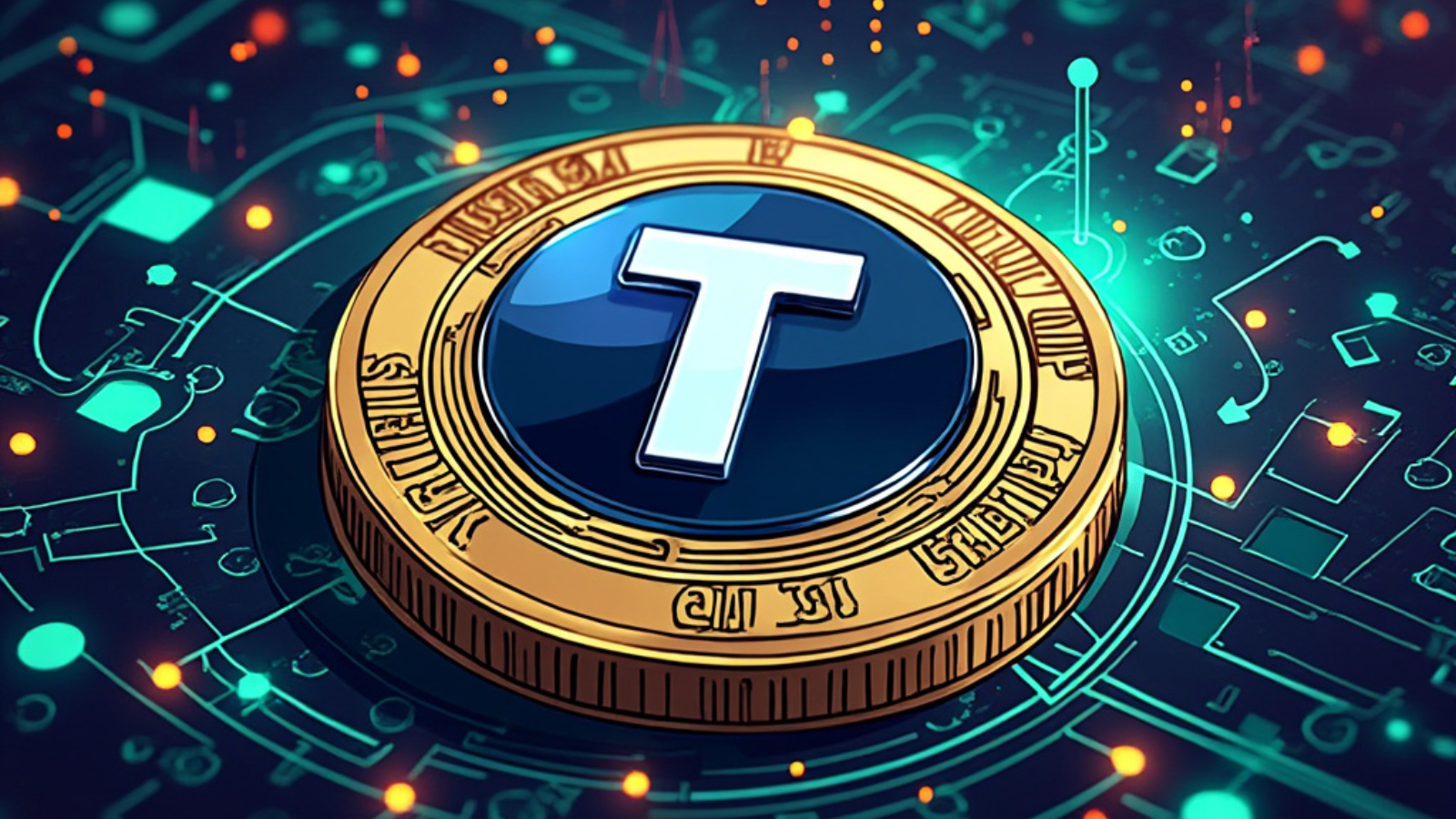Tether Mints $1 Billion USDT on Tron Without Paying Any Fees
Tether's $1B USDT mint on Tron sparks zero-fee debate

Tether, the issuer of the world’s largest stablecoin, USDT, minted $1 billion worth of tokens on the Tron blockchain on November 14, paying no transaction fees, according to analytics firm Arkham Intelligence. The transfer originated from a “black hole address” and was sent to Tether’s multisignature wallet, later moving to the company’s treasury, all without incurring any fees.
Tron’s low transaction costs have made it a favored network for stablecoin issuers, particularly for remittances in developing countries where high fees can significantly impact transfers. This competitive edge has helped Tron rival Ethereum in stablecoin circulation, despite Ethereum’s larger ecosystem.
Tether’s transparency data reveals that Tron hosts $62.7 billion in authorized USDT supply, close to Ethereum’s $62.9 billion. This stablecoin activity significantly contributes to Tron’s financial success, with the network generating $577 million in revenue in Q3 2024.
In August 2024, Tron cemented its position as the blockchain with the second-largest stablecoin market share, commanding 37.9% compared to Ethereum’s 55.7%. During that period, Tether minted another $1 billion USDT on Tron to replenish its inventory. Tether’s CEO, Paolo Ardoino, clarified that these tokens were authorized but not immediately issued, remaining in reserve until market demand requires them.
The stablecoin supply is often seen as a barometer for market sentiment. A surge in minting suggests optimism and increased trading activity, while a decline indicates reduced investor interest. With Tron’s growing influence and zero-fee transactions, it remains a key player in the stablecoin ecosystem, challenging Ethereum’s dominance.


